Remember, remember, the fifth of November. Gunpowder, treason and plot. I know of no reason why the gunpowder treason should ever be forgot. Almost everyone knows this nursery rhyme, or at least the first few lines and most know the reason behind it. In 1605, a man named Guy Fawkes was caught trying to blow up the Houses of Parliament, imprisoned and eventually put to death.
Bonfire night is celebrated all over the UK, with huge communal bonfires and a ‘guy’ sitting on the top. Crowds gather around the bonfires and enjoy watching elaborate fireworks displays. It’s a fun time for children and adults.
But how much do we really know about Guy Fawkes and Bonfire Night? Here is some fun, and some not so fun, facts you may not know about the man and the celebration.
He was Born a Protestant
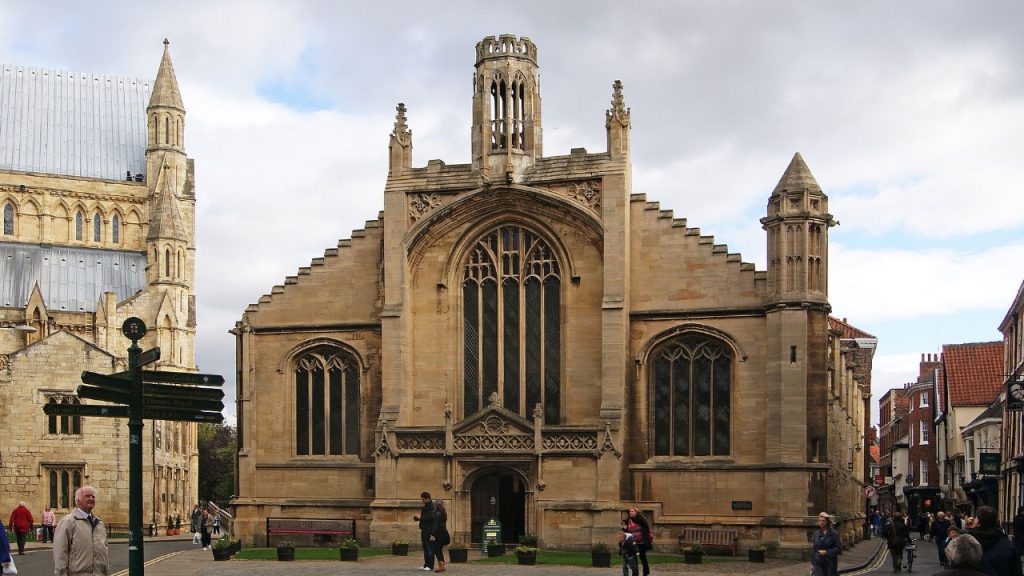
The Gunpowder Plot was developed by a group of Catholic men who didn’t want a protestant king. Fawkes was actually born a Protestant. He converted to Catholicism when he was a teenager after his father died and his mother remarried a Catholic man.
Guy Fawkes Leapt to His Death
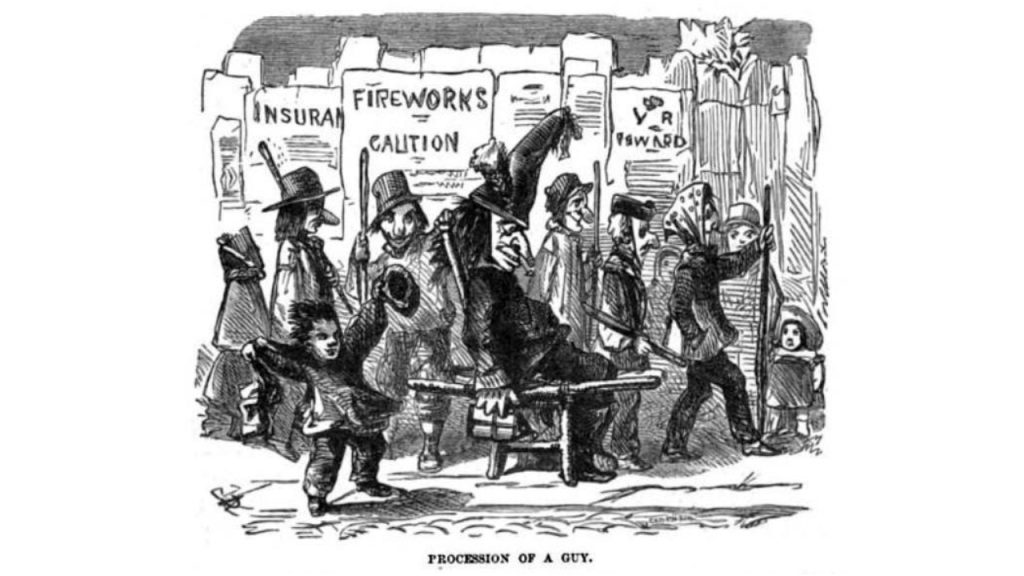
Traditionally, the fate of traitors in England in the 17th century was to be hanged, then drawn and quartered in public. But that wasn’t the fate for Guy Fawkes. To avoid being hung, drawn and quartered, Fawkes actually leapt to his death and broke his neck. His body was still quartered and his remains were sent to the four corners of the kingdom.
Guy Fawkes Was Not the Ringleader in the Plot

Guy Fawkes wasn’t the only person who tried to blow up the Houses of Parliament. There was actually a group of 13 conspirators and the entire thing was masterminded by a man named Robert Catesby. It was Fawkes’s job to go into the cellar under the House of Lords and light the explosives, and it was he who was caught with 36 barrels of gunpowder. It was two days before the other conspirators were captured.
He Was Admired by King James I
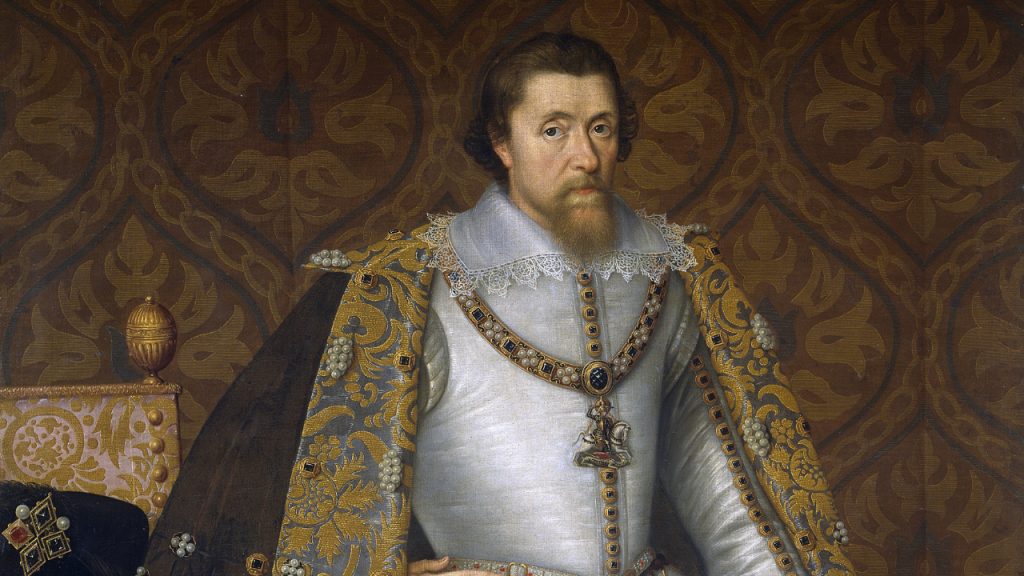
Even though Fawkes was trying to kill the king. He actually won the admiration of King James I because of his attitude. When he was asked why he had so much gunpowder, his answer was “to blow you Scotch beggars back to your native mountains”. He also expressed his regret at not blowing up the House of Lords. King James I described Fawkes as having a “Roman resolution”.
How He Got Caught

The Gunpowder Plot was almost successful. The only reason it wasn’t was because someone sent an anonymous letter to the authorities in late October, warning of the danger to the King and his family. Part of the letter read “they shall receive a terrible blow this parliament and yet they shall not see who hurts them”.
Because of the letter, royal guards searched the House of Lords and, in the early hours of November 5th, discovered Fawkes, 36 barrels of gunpowder, a fuse, a lamp and a box of matches in the cellar.
There Are Islands Named After Him

In the Galapagos Islands, slightly north-west of Santa Cruz Island, there are two crescent-shaped, uninhabited islands. They are named Isla Guy Fakwes or Guy Fawkes Islands.
He Used the Name Guido
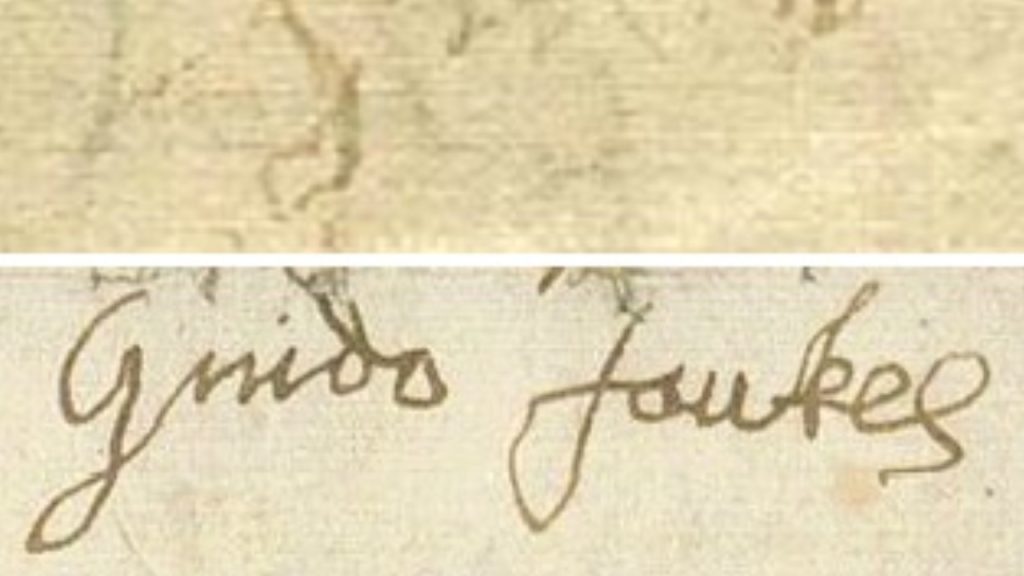
When Guy Fawkes was 21, he sold the estate his father had left him and went to fight for Catholic Spain in the Eighty Years War. While he was there, he used the Italian version of his name “Guido”. When he was caught trying to blow up the Houses of Parliament, he first told his captors his name was John Johnson. However, when he was forced to sign a confession, he signed “Guido Fawkes”.
The Houses of Parliament are Still Searched Yearly for Conspirators

The plot to blow up the Houses of Parliament happened in 1605. Still today, right before the State Opening of Parliament, the Yeomen of the Guard search the buildings with lanterns to ensure no conspirators are hiding in the cellars. However, this is more of a tradition than a serious precaution against terrorists.
The Cellar Fawkes Tried to Blow Up is No Longer There

The actual cellar that Fawkes tried to blow up was destroyed by fire in 1834. The medieval Houses of Parliament were destroyed, and the cellar was never rebuilt.
Some Experts Say the Gunpowder Wouldn’t Have Done Much Damage

36 barrels of gunpowder were enough to completely destroy the Houses of Parliament and damage buildings nearby. But some experts believe the gunpowder had decayed and probably wouldn’t have exploded even if Fawkes had been successful in lighting it.
Not Everyone Celebrates Guy Fawkes Death
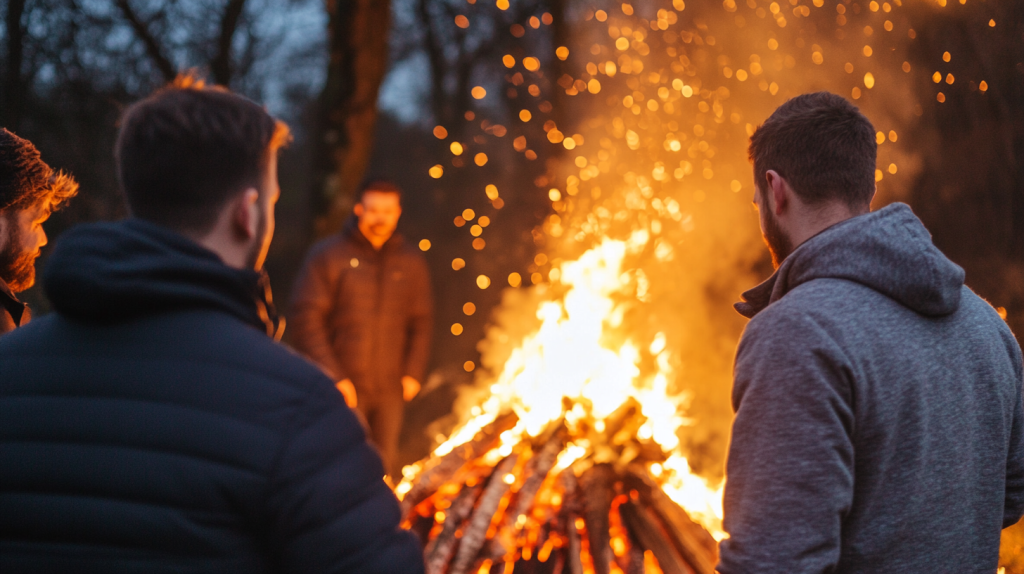
People have been burning dummies on bonfires since the 13th century, originally to drive off evil spirits. After the Gunpowder Plot, the focus of the dummy switched to Guy Fawkes. These dummies are called ‘guys’ and children usually make them, carry them through the streets asking for a ‘penny for the guy’. The fireworks associated with Bonfire Night represent the explosives that were used in the plot. However, St. Peter’s School in York doesn’t celebrate Guy Fakwes night at all. This is his former school, and they refuse to burn a guy out of respect for one of their former students.
The Significance of the Bonfire

Guy Fawkes wasn’t burned at the stake, so how did the tradition of building a bonfire begin? When people found out about the Gunpowder Plot and that the King was safe, they built bonfires in his honor. Over the years, this tradition has developed into the Bonfire Night we know today.
18 Everyday Things Amish Women Aren’t Allowed to Do

The Amish culture is known for its simple way of life and adherence to traditional values. While this lifestyle may seem appealing to some, there are certain restrictions that Amish women face that most modern women do not. Take a look at these things that we take for granted that are off-limits to Amish women.
Read More: 18 Everyday Things Amish Women Aren’t Allowed to Do

